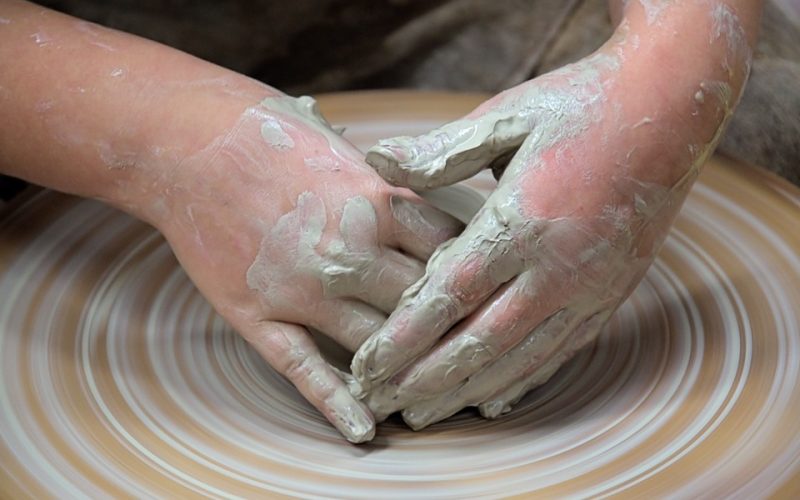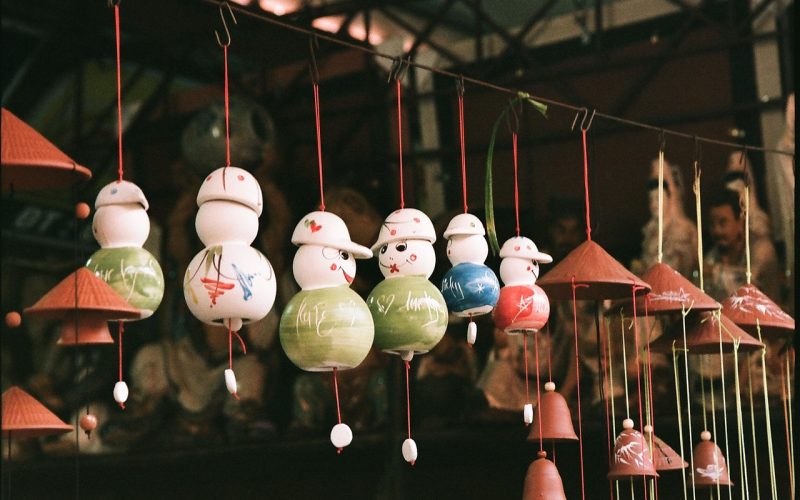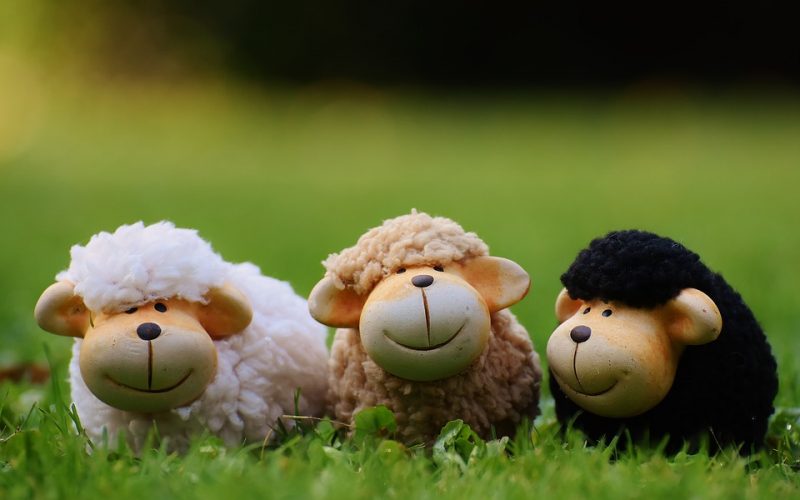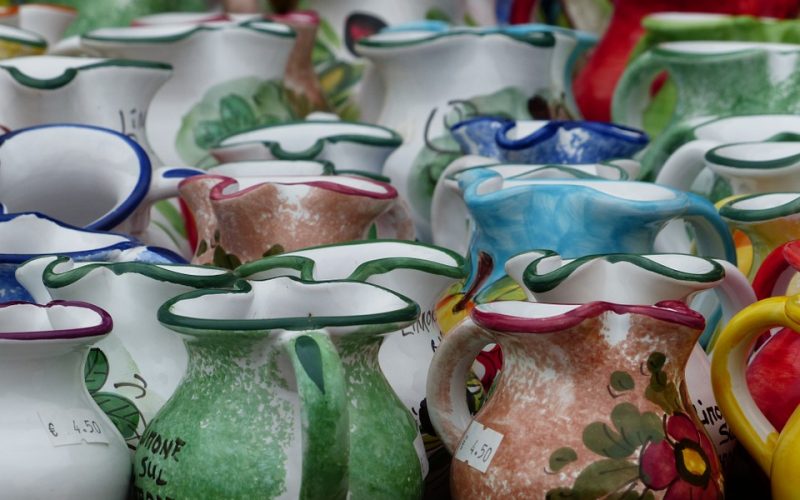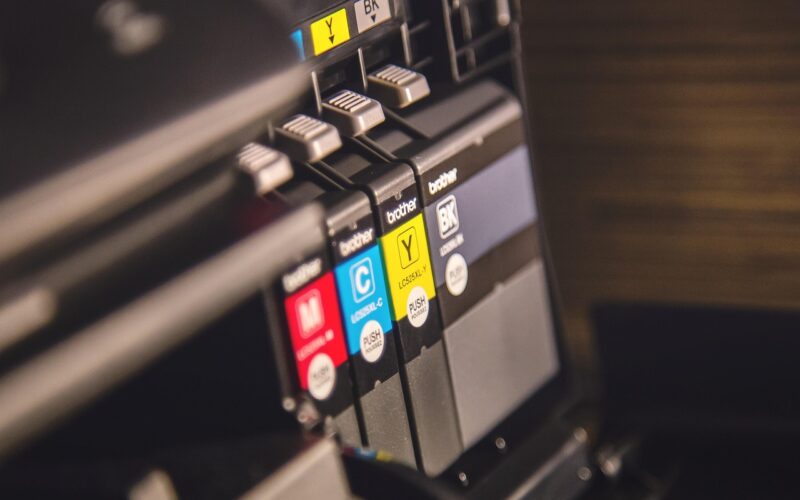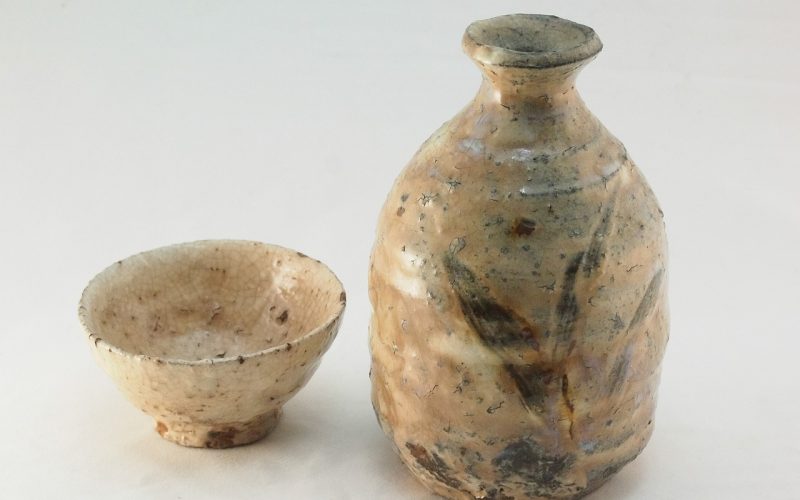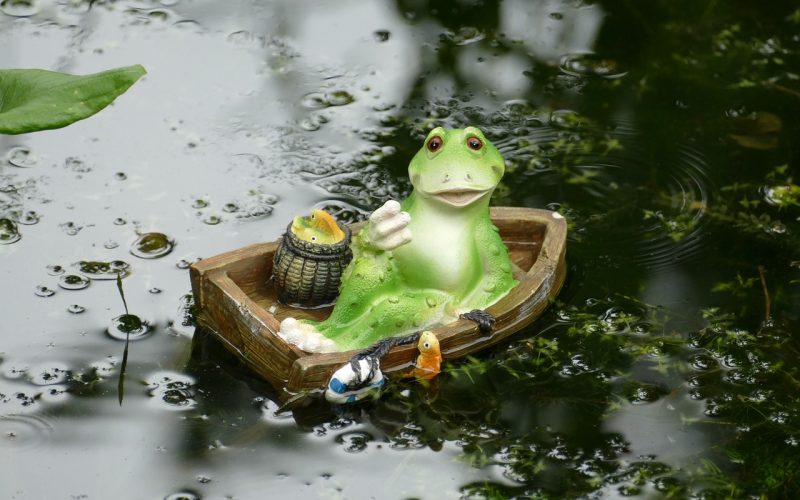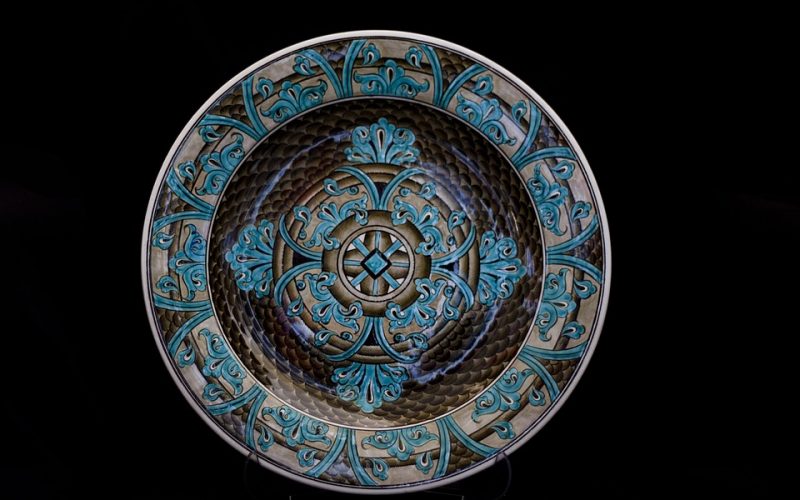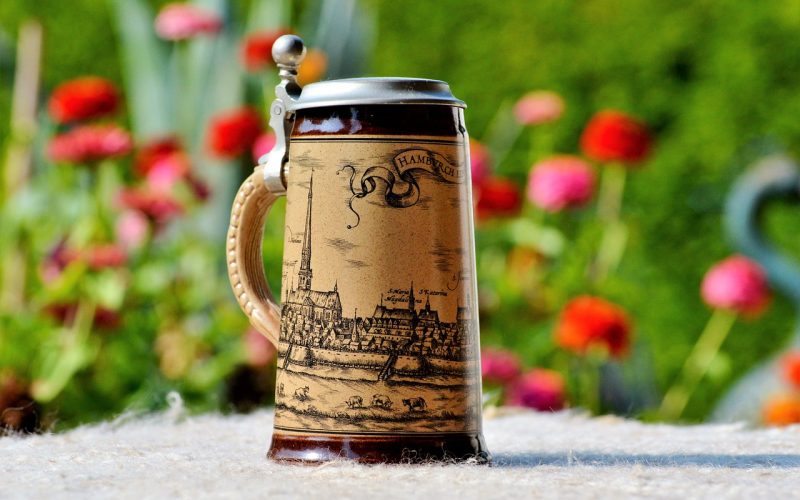Origins Of Ceramic Piggy Banks
Saving money is a deeply ingrained cultural practice, and one of the most iconic symbols of thrift is the piggy bank. Instantly recognisable, this charming and functional item has inspired generations to start saving from a young age.
Early savings traditions
The practice of saving money in containers dates back thousands of years. Ancient civilisations, such as the Greeks and Romans, would place coins in clay jars or pots. These early money boxes were simple and functional, designed to store wealth safely. However, these ancient versions lacked the whimsical design associated with modern piggy banks. It's worth noting that the earliest known money box was discovered in the Greek city of Priene, dating back to the 2nd century BC.
The evolution of money storage
Fast forward to medieval Europe, and the concept of saving money in containers evolved further. During this time, a type of inexpensive, orange-coloured clay known as "pygg" was commonly used to make household items and pottery. People would store coins in jars made from this clay, which were then referred to as "pygg jars" or "pygg banks." The term "pygg" eventually became synonymous with saving money, laying the foundation for the piggy banks we know today.
From pygg jars to pig-shaped banks
The transition from pygg jars to pig-shaped banks is believed to have occurred during the 18th century. By this time, the English language had evolved, with the word "pygg" becoming pronounced as "pig." With this linguistic shift, potters began crafting money boxes in the shape of pigs, perhaps as a playful pun on the name. The pig shape was not only a clever play on words but also a way to add character and fun to the savings process, especially for children.
The popularity of ceramic piggy banks
Ceramic piggy banks gained widespread popularity during the 19th and early 20th centuries. This was largely due to the Victorian-era emphasis on teaching children the value of saving money. Pigs, often associated with wealth and prosperity, made an ideal vessel for storing coins. Ceramic was the material of choice, as it was inexpensive and easy to shape, allowing for a wide variety of designs and sizes. Many families embraced the tradition of gifting piggy banks to children as a rite of passage, encouraging a habit of saving from an early age.
The decline and resurgence of piggy banks
With the advent of modern banking systems and digital savings accounts, the use of physical piggy banks saw a decline in the latter half of the 20th century. However, the nostalgia and charm associated with ceramic piggy banks endured. In recent years, there has been a resurgence of interest in these classic money savers, particularly among collectors and enthusiasts of vintage items. Many contemporary piggy banks are now prized for their artistic designs and craftsmanship, creating a niche market for those who appreciate their historical significance.
Piggy banks in modern times
Today, piggy banks continue to serve as a symbol of financial literacy and responsibility. While digital banking and mobile apps dominate the financial landscape, these ceramic savers offer a tangible way to teach the importance of managing money. They remain a popular gift for children, often personalised with names and decorative elements to add a personal touch. Additionally, many banks and financial institutions use the piggy bank motif in marketing campaigns, tapping into its long-standing association with savings.
The history of ceramic piggy banks is a testament to the enduring appeal of this humble object. From ancient money jars to the playful pig-shaped containers we cherish today, they have evolved alongside our growing understanding of saving and managing wealth. Whether used as a practical tool or a decorative keepsake, the piggy bank remains a charming reminder of the timeless value of thrift.

